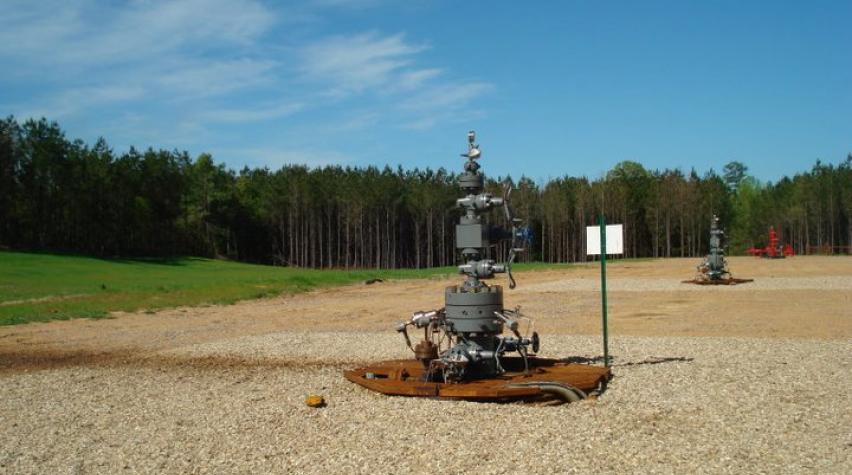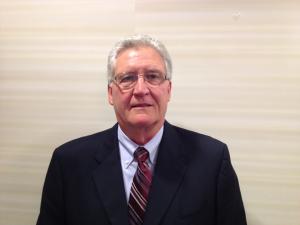
In a joint effort between the public and private sector, a demonstration project encompassing the post-combustion capture of CO2 from a coal-fired power plant, and its subsequent pipeline transportation and underground storage, is underway in Alabama. Named the SECARB project (for Southeast Region Carbon Sequestration Partnership), the details and results of the project were recently outlined by Gerald Hill.
Background
These demonstration projects of first commercialization are occurring at seven regional sites in the U.S. The second project, or “Anthropogenic Test,” is the world’s first fully integrated carbon dioxide capture, transportation, and geologic storage project utilizing CO2 from a coal-fired power plant. Under separate funding, the CO2 is captured at Alabama Power Company’s James E. Barry Electric Generating Plant located in Bucks, Alabama, and transported by pipeline and sequestered within the saline Paluxy Formation at the nearby Citronelle Oil Field operated by Denbury Resources. During the Anthropogenic Test, Denbury will inject approximately 100,000 to 150,000 tons of CO2 per year for up to three years. The SECARB team will deploy an extensive monitoring, verification, and accounting program that will operate pre-, during, and post-injection. CO2 injection began on August 20, 2012.
Capture and transportation
A 25mW equivalent slipstream of flue gas from the Plant Barry, AL coal-fired power plant was treated with a Mitsubishi advanced amine CO2 recovery system. The process involved gas desulfurization, CO2 capture in an amine absorber tower, with steam solvent regeneration. The desorbed CO2 gas was then dehumidified in a glycol system, and finally compressed to 1500 psi.
Once purified, the CO2 was transported by Denbury in a dedicated pipeline 12 miles to the Citronelle oil field. Transport flow was roughly 500 tons/day.
Storage and monitoring
Under the strictures of a Class V Experimental Technology permit, the CO2 was injected at 1300 psi to 9,400 feet in the Paluxy Formation, under a good caprock structure at the Citronelle site. To date 113,000 tons have been injected, comprised of 99.9% CO2, and an additional 30-40,000 tons will be injected before the injection stage of the program is complete. The saline capture zone sits just above an active oil formation, and the use of the CO2 for enhanced oil recovery is anticipated and is also being studied.
To monitor the storage site's effectiveness, the footprint (region of interest) was first defined, and then monitoring wells were drilled on the borders of this footprint. The monitoring involves measuring pressures at the wells and at a distance for pressure drop-off and also seismic measurements of the area for stability determinations. Monitoring is to proceed for three years as part of the progect.

For further information, visit www.secarbon.org or contact Dr. Hill at Gerald.hill.phd@gmail.com or 404.386.6509.


